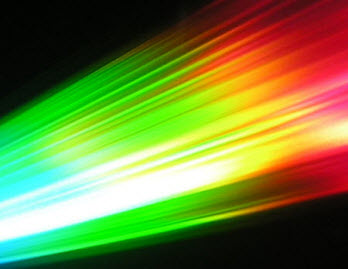The Future of Unlicensed Spectrum

The following is an edited excerpt from the final public statement of outgoing Federal Communciations Commission member Jessica Rosenworcel, barring her reconfirmation.
I believe the future of spectrum policy requires a focus on not just licensed spectrum — but also unlicensed spectrum. Unlicensed spectrum — like WiFi — democratizes Internet access, encourages permission-less innovation in the Internet of Things, and contributes $140 billion in economic activity annually. This is good stuff.
Nonetheless, historically the legislative process has overlooked the value of unlicensed spectrum because it gets low marks in the scoring process at the Congressional Budget Office. But this dated accounting misses the mark — because the future benefits of unlicensed spectrum throughout the economy are so great. Similarly, at the FCC, unlicensed spectrum has too often been an afterthought — when it deserves to be in policy primetime.
During my time at the agency, I am proud that I tirelessly called attention to the benefits of increasing opportunities for unlicensed spectrum. I believe good spectrum policy requires both licensed and unlicensed airwaves. Moreover, as any wireless user can attest to, the airwaves used for WiFi today are getting crowded — putting a premium on identifying additional spectrum for unlicensed growth. To this end, I am proud to have introduced the concept of the WiFi dividend. This notion is simple but powerful: In any legislative or regulatory effort to increase the licensed spectrum pipeline there should be a cut for unlicensed, or the WiFi dividend.
I pressed the FCC to put the WiFi dividend into practice. I was an early advocate for expanded WiFi in the lower 5-GHz band — and when the agency eventually put this in place, it doubled the airwaves available for unlicensed in this band virtually overnight. Consistent with the Middle Class Tax Relief and Job Creation Act, I encouraged the FCC to lay the groundwork for unlicensed activity in guard bands in the reimagined 600-MHz band. In time, I believe this will create exciting new possibilities for unlicensed activity in low-band spectrum.
The FCC’s work on the 3.5 GHz band includes a WiFi dividend as part of a unique three-tiered system of access that mixes incumbent federal use with licensed and unlicensed use. In addition, the FCC’s millimeter wave spectrum efforts include a WiFi dividend, with a swath of high-band spectrum at 64-71 GHz reserved for unlicensed use — meaning new and exciting possibilities for WiGig innovation.
I continue to believe that there are additional opportunities for unlicensed spectrum that we should seize. This includes testing to see if increased WiFi activity in the upper 5-GHz band can be made compatible with automobile systems that plan to use these airwaves for safety purposes.
I am proud that I have worked in a bipartisan fashion to help spur this testing — and I am hopeful they will yield new WiFi potential.
Multichannel Newsletter
The smarter way to stay on top of the multichannel video marketplace. Sign up below.
